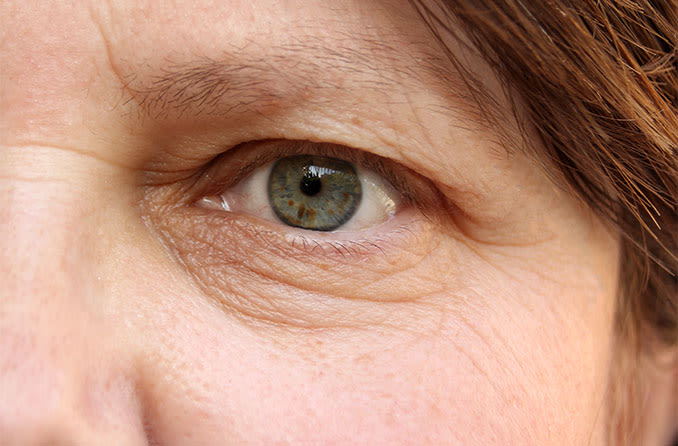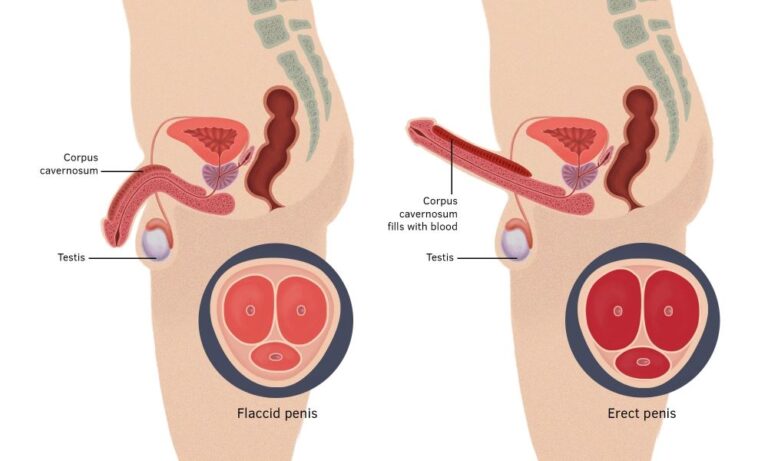
Ptosis is when the upper eyelid droops or lowers due to loss of support from the levator muscle. This results in the person needing to lift their eyelids. Otherwise, they will be unable to see correctly. One common issue associated with ptosis is that it can result in what is known as ‘lazy eye’ symptoms, which can affect the person’s vision. It also means the person will have to exert much more effort to keep their eyelid lifted, which can cause strain or pain. If you have ptosis, you may want to visit an oculofacial plastic surgeon with experience in treating ptosis in Peoria.
Causes
Several factors can lead to ptosis. These include muscle or nerve damage, injury, the use of certain drugs, and more. Sometimes ptosis is congenital, which means it’s present at birth due to a problem with the development of the facial musculature. However, in most cases, there are no apparent causes for ptosis.
Signs and Symptoms
Before visiting your Peoria oculofacial plastic surgeon, you may want to consider how severe your ptosis is. Suppose it’s causing you significant problems with your vision. In that case, if the eyelid hasn’t been able to open for a year or more fully, or if it’s causing any significant pain or fatigue when trying to keep the eyelids lifted, you may want to consider getting it treated.
Symptoms of ptosis include the following:
- Eyelid unable to fully open or else partially close when awake
- Asymmetry in the eyelid (mainly noticeable with age)
- The lower eyelid sags down or fails to move adequately
- One pupil may be bigger than the other
Certain conditions, such as thyroid disease, can lead to ptosis. If you have any signs of this condition, your physician will likely perform an eye exam to check for this.
Diagnosis
Your surgeon should be able to diagnose ptosis through a simple exam. To check for ptosis, they’ll need to look at how much your eyelids can open when you’re wide awake. It’s common for pupils to be dimmer in one eye than the other, but if this is highly noticeable or asymmetrical, it may indicate a problem with your optic nerve. If you have signs of thyroid disease, your surgeon may order blood tests to check hormone levels.
Treatment Options
The first step in treating ptosis is determining the underlying cause. This will dictate how you should treat your condition. For congenital ptosis, surgery is usually required to correct it. For example, if the levator muscle has been damaged or destroyed by inflammation, your surgeon may recommend elevating the muscle, replacing it, or using a tissue graft as needed.
For those with eyelid ptosis due to nerve damage, like Bell’s palsy, the last thing you want is surgery on your drooping eyelids. Instead, patients with this type of ptosis will be prescribed anti-inflammatory medications and steroids to reduce the severity of the condition. However, in severe cases, surgery may be required.
In summary, ptosis is a condition where the upper eyelid droops or lowers due to loss of support from the levator muscle. Most people develop ptosis due to nerve or muscle damage, but some congenital factors can cause it. Diagnosis is relatively easy and depends on the severity of your symptoms. You will likely want to visit an experienced oculofacial plastic surgeon if your ptosis is severe or you have any signs of eyelid ptosis due to nerve damage, like Bell’s palsy.





